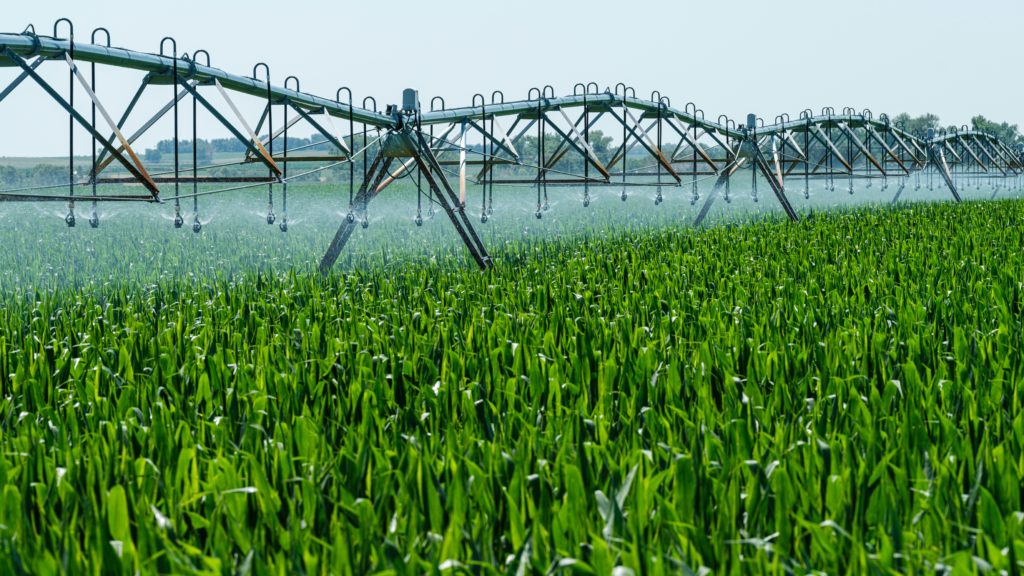Leveraging AI for Urban Resilience: How Technology is Transforming Cities Urban resilience is becoming a critical focus for cities worldwide, particularly as climate change presents new challenges. But how exactly can Artificial Intelligence (AI) contribute to creating more sustainable, climate-adaptive and resilient urban environments? This blog post delves into the practical applications of AI in urban resilience planning, with a particular focus on water management and heat-resistant urban design powered by AI. Let’s explore how AI is reshaping our cities and making them more livable and resilient against climate impacts.
Harnessing AI for Smarter Water Management
Water management is fundamental to sustainable urban living. Efficient use and conservation of water resources are critical, especially in the face of climate change and growing urban populations. AI offers transformative solutions for managing water systems more effectively to build resilience.
AI-Driven Predictive Maintenance Fortifies Water Systems
Predictive maintenance leveraging AI analyzes data from sensors and historical maintenance records to predict equipment failures before they occur. This ensures timely repairs and minimizes resource waste, leading to more reliable water supply infrastructure and reduced operational costs
Optimizing Water Distribution with AI
AI optimizes water distribution by analyzing real-time data to dynamically adjust flow and pressure. For instance, AI can reduce water pressure during periods of low demand to minimize leaks and bursts, while increasing pressure during peak times to ensure a consistent supply. This dynamic adjustment not only maintains a stable water supply but also reduces waste.

AI Enhances Water Quality Monitoring and Demand Prediction
By integrating digital twins and IoT technologies, AI can monitor water quality in real-time and accurately predict water demand based on usage patterns and environmental conditions. This proactive AI-powered approach is crucial for addressing the challenges posed by climate change impacts and ensuring sustainable urban water management.
Leveraging AI for Leak Detection and Energy Efficiency
AI-driven systems can rapidly detect leaks and anomalies in water infrastructure, enabling prompt intervention and reducing water loss. Additionally, these AI systems enhance energy efficiency in water treatment plants by optimizing processes and reducing energy consumption without compromising water quality
Urban Heat Resilience: AI’s Role in Climate-Adaptive Architecture
In addition to water management, AI in urban resilience plays a pivotal role in designing heat-resistant and climate-adapted urban environments. Managing green roofs and urban forests using AI is one way cities can mitigate the urban heat island effect and enhance resilience against extreme temperatures.
AI Optimizes Green Roofs and Urban Forests
AI optimizes the design and maintenance of green roofs and urban forests, which are crucial nature-based solutions for reducing extreme heat in urban areas. By leveraging data from environmental sensors, AI enhances water retention and cooling effects, effectively mitigating impacts of heat waves and urban heat islands.
AI-Powered Green Roof Design for Heat Resilience
Green roofs provide natural insulation, reducing the amount of heat buildings absorb. AI selects the optimal plant species, determines appropriate soil depth, and schedules smart irrigation to maximize cooling and water retention benefits. For instance, AI can specify drought-resistant plants to reduce water use while still maintaining cooling effects.
Leveraging AI for Strategic Urban Forest Management
AI helps strategically plan, plant and maintain urban forests to provide maximized shade, improve air quality, and reduce temperatures in urban areas vulnerable to heat waves. For example, Amsterdam leverages AI capabilities to manage its urban forests and green spaces, using the technology to optimize placement andmaintenance routines. This reduces urban heat island impacts and promotes biodiversity.
Heat Wave Preparedness with AI’s Proactive Response
AI-driven resilience systems can predict and dynamically respond to extreme heat events like heat waves by adjusting smart irrigation schedules as well as plant care and maintenance routines. This AI-enabled proactive approach helps maintain cooler urban environments and microclimates, enhancing thermal comfort for residents and contributing to the overall sustainability of climate-adaptive urban infrastructure.
Multiplying Benefits: Integrating AI for Water & Heat Resilience
The integration of AI’s powerful capabilities across water management and heat-resistant urban design can unlock compounding benefits, such as more efficient water use and improved cooling effects throughout cities and urban areas.
AI Powers Efficient Smart Irrigation Systems
AI-driven smart irrigation systems leverage real-time climate data and IoT monitoring to continually optimize water use across green infrastructure while also enhancing natural urban cooling effects. By analyzing soil moisture levels and weather forecasts, these AI systems precisely adjust irrigation schedules to ensure healthy, robust urban greenery while minimizing wasted water resources.
AI Unlocks Precision Irrigation and Evapotranspiration Cooling
AI precisely analyzes soil moisture data at a granular level and adjusts water delivery to match the exact hydration needs of plants and vegetation, preventing overwatering while also promoting robust growth. The natural process of evapotranspiration, where water absorbed by plants is released as vapor back into the atmosphere, produces a cooling effect- AI’s precision irrigation maximizes this sustainable cooling impact in urban areas affected by heat islands.
Cities Harnessing AI for Urban Resilience Today
Several forward-looking cities around the world have successfully implemented AI strategies to enhance urban resilience against climate impacts like extreme heat and water scarcity. For instance, Singapore has deployed AI-driven smart water management systems to significantly improve water conservation, demand prediction and efficiency. Amsterdam has seen significant benefits from its use of AI in managing and optimizing urban forests and green spaces to reduce heat islands and boost biodiversity.
Balancing AI’s Climate Benefits and Environmental Footprint
While AI offers immense potential for enhancing urban resilience to climate change, the technology’s own environmental impact through energy consumption and resulting CO2 emissions must be addressed. To fully realize the climate resilience benefits AI can unlock, optimizing its energy use for integrated and efficient outcomes – particularly in areas like water and heat management – is crucial. Achieving these dual benefits requires a cohesive design and construction process, supportive policies, and active community engagement facilitated by urban planning and resilience leaders.
Key Takeaways:
- AI is a powerful catalyst for urban resilience, with transformative applications in water management, green infrastructure, and climate-adaptive architecture
- AI optimizes water systems, quality monitoring, predictive maintenance, and leak detection for water resilience
- AI enables strategic design of green roofs and urban forests as natural cooling solutions adapting cities to heat waves
- Integrating AI across water and heat resilience creates multiplicative benefits like efficient smart irrigation for cooling and conservation
- City leaders must prioritize cohesive policies and processes to fully harness AI’s potential while minimizing its environmental footprint
AI is rapidly reshaping urban planning and resilience, offering innovative climate-adaptive solutions for sustainable and livable cities. By strategically leveraging AI’s capabilities, urban planners, civil engineers, resilience officers and other key stakeholders can create urban environments that robustly withstand and adapt to intensifying climate-related challenges like water scarcity and extreme heat events – ultimately enhancing quality of life for residents.


